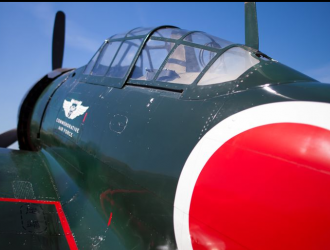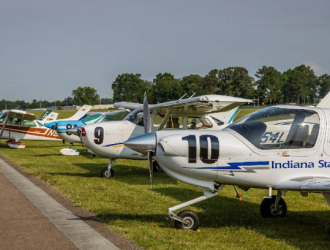
To address these problems, HAV has designed and built a more powerful and maneuverable mobile mooring mast on a tracked vehicle. To protect the flight deck and mission module, an “auxiliary landing system” has been added, consisting of two pressurized airbags that can be retracted for cruise flight. The mooring line can now be recovered into the vehicle, if it falls free.
HAV aims to complete the flight test program by year-end. It has not yet confirmed a firm production launch order, nor any payments for the trial and demonstration flights that it is offering, despite reporting some weeks ago “advanced negotiations” with one potential customer for two vehicles, and “$20 to $30 million” of potential trials flying.
The company has sought additional funding to cover overhead and rebuild expenses during the flight–test hiatus. It has managed to raise nearly £5 million ($6.5 million) to date. It will need another £3 million ($3.9 million) to complete the flight-test program. HAV is hoping that the renewed test flying will encourage this investment. It is also planning an initial public offering (IPO eg a listing on the UK stock market) before the end of the year.
“Ultimately the Airlander 10 will break the mould of aviation, providing an ultra-stable, ultra-powerful and ultra-long endurance platform that will be useful in a huge number of roles from search and rescue, to border control, coastguarding, crowd monitoring, security, academic research and filming,” the company said. HAV has also identified a “luxury tourism” market. But it has now tacitly acknowledged that its present design is not suitable for the much-touted “remote lift” market.



